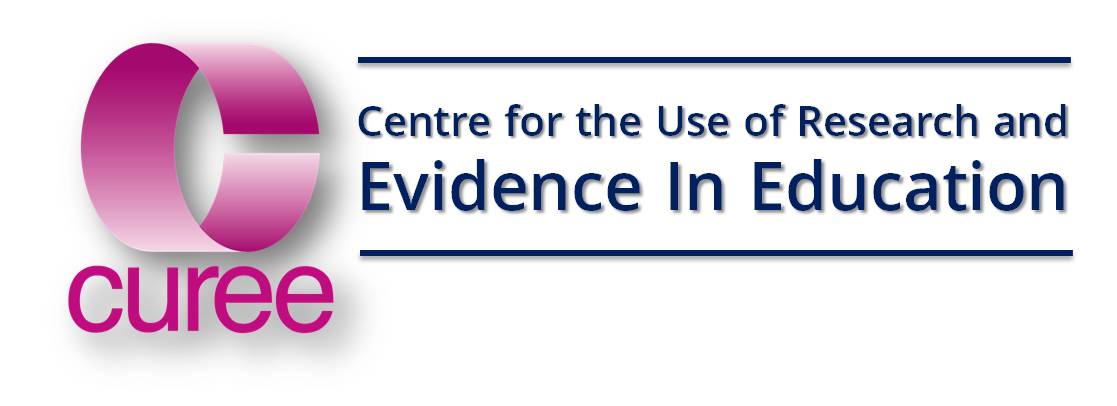To accompany the release of the New Standard for CPD, Philippa Cordingley has produced a special blog which can be found below. Read the the New Standard at www.gov.uk/government/publications/standard-for-teachers-professional-development
It’s a no brainer isn’t it? A pocket of excellence is A GOOD THING! So we celebrate it and shout about it - especially if we are in a school which needs to pick up momentum in accelerating pupils’ progress. Everyone needs a boost, and catching people being great does that. Next thing to do is grow it and use it to lever up practice. Oh and another good thing to do is make good use of the team behind it.
Well, all these things might very well help. But it turns out that, in our recent study for Teach First (which you can read here), for the group of schools seeking to gain momentum there were some bear traps in this seemingly uncontroversial proposition. In this study, all of the schools in the project (which was designed to understand what is involved in gaining momentum after a period of slow progress wherever they were starting from on the Ofsted radar) had pockets of genuine, nationally recognised, and frequently accredited, excellence. “Of course” has been the response of many of the school leaders and teachers with whom I have explored this work “Every school has its strengths”. But there is actually more to it than that. This study compared practices in schools seeking to gain momentum with those which featured in a previous project working with schools which are already strong and improving, and those that are exceptional in transforming life chances. Neither the exceptional nor strong schools had pockets of excellence; all their performance was strong or better but, unlike the schools in the first project, in no areas were they a cut above the vast majority of their peers. Why was that? Was having a pocket of excellence a problem, and if so was that inevitable?
We probed this a great deal as you might imagine. The first thing we noticed getting in the way of building out from pockets of excellence was a combination of complexity and an emphasis on performance and practice that was sometimes at the expense of the learning. These schools were frequently battling on a number of fronts; teachers were taking on board new approaches to behaviour, to teaching, learning and assessment, and to attending to literacy in every subject, at the same time as coping with new national curricula. At the same time, the schools all undertook intense monitoring for consistency with particular policies and priorities. As I reported in my earlier blog (www.curee.co.uk/node/3273), in the absence of steps to ensure that everyone understood the principles/rationale behind the practices that were being monitored, this tended to erode into an unhelpful emphasis on compliance. By contrast, Exceptional Schools placed a great emphasis on building a shared understanding of the school’s model of pedagogy and its underpinning rationale. By ensuring that all development focused on identifying and removing barriers to learning and building a shared model of and language for teaching and learning, the extensive monitoring in Exceptional Schools worked to build coherence for learners and develop a commitment to collective efficacy. In this context the emphasis is so strongly on cumulative and broad-spectrum development and learning for both pupils and staff that pockets of excellence are less likely to emerge in the first place.
But even more importantly, schools’ attempts to cascade learning from such pockets were heavily dependent on the sophistication of the model of Continuing Professional Development and Learning (CPDL) they used. In a significant number of the schools trying to gain momentum, support for teachers took the form of CPD provided by school leaders to teachers to try to raise the quality of teaching. CPD was positioned as an executive role. But in the exceptional schools the emphasis was on highly professionalised CPDL, constructed as a professional and accountable partnership between leaders and teachers. Mentors, facilitators and coaches were trained and the effect of their support on colleagues and on their pupils was evaluated. These trained facilitators of professional learning were distributed across all levels of leadership.
There is also a “to those that hath shall be given” aspect of this phenomenon. In the schools needing to gain momentum, the teachers in the pockets of excellence carried on improving rapidly as they tried to make their practices explicit to visitors working in different contexts who brought with them important and probing questions about the core essentials that they needed to understand to transfer the learning to another context. But their colleagues didn’t have chance to understand, experiment with and explore the underpinning rationale of the practice in the same way; nor were middle leaders challenged to develop their learning leadership through working out how to facilitate the learning of their colleagues. These contrasts suggest to me that developing consistency with excellent practices is at heart a professional learning problem.
So I really am delighted that the DfE has today published the long awaited new Standards for CPD developed by the Expert Group of which I was a member. The Standards distil the evidence from the Developing Great Teaching research (bit.ly/29v63G9) that I had the privilege of leading, into just 5 core principles. I am even happier that they are accompanied by a very practical, albeit challenging, set of guidance about how to put these to work. As the snip below shows, the guidance that sets out, side by side just what it is that school leaders, teachers and CPD facilitators (whether from schools, TSAs, HEIs or R&D organisations like CUREE) need to do to ensure that effective approaches to pupil progress don’t get stuck in silos. 
In doing so they make visible what was less visible in schools needing to gain momentum, the reality that learning from other people’s practices is a team effort in which the contributions of school leaders, teachers and CPD facilitators need to be recognised and aligned around aspirations for pupils.
Does this evidence really say pockets of excellence are a cause for concern? The school improvement guidance assumes they are a good thing; a beacon to light the way for others, and that lack of consistency with them is the problem. I think this evidence suggests, far from lighting up development in the school, they can cast a shadow by absorbing too much of the development energy in the school and obscuring the need to develop a whole school approach to professional learning. The presence of pockets of excellence raises two important questions:
- Is the school focussing too much on practices and not enough on identifying and removing barriers to learning?
- Is the support for professional learning too focussed on teaching teachers and not enough on their learning?
It is unfortunate that once again important policy emerges from the DfE right at the end of term, though it is more understandable this time given the degree of political turbulence. We hope the DfE, with help from CUREE and others, will be doing more to promote and explain the significance of the Standards and their application to the practices of CPDL users and providers (sometimes one and the same) after the summer break. CUREE has already begun to develop some support services including SKEIN CPDL (www.curee.co.uk/node/2445) and SKEIN Momentum (offered jointly with ASCL www.curee.co.uk/node/3279) and we will have more details of these to share with you shortly and also next term. In the meantime, I commend the CPD Standards to you as a good starting point for exploring these questions.
Download this blog as a pdf here, and don't forget to subscribe to our regular updates to stay up to date with all of CUREE's exciting work in evidence-informed educational practice.

